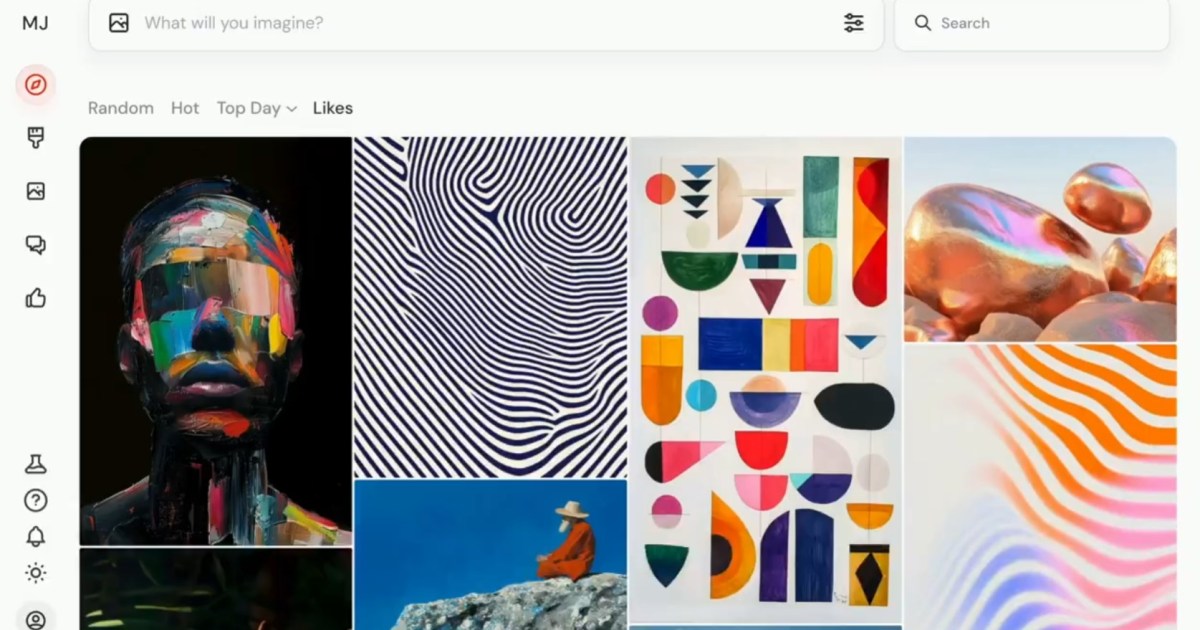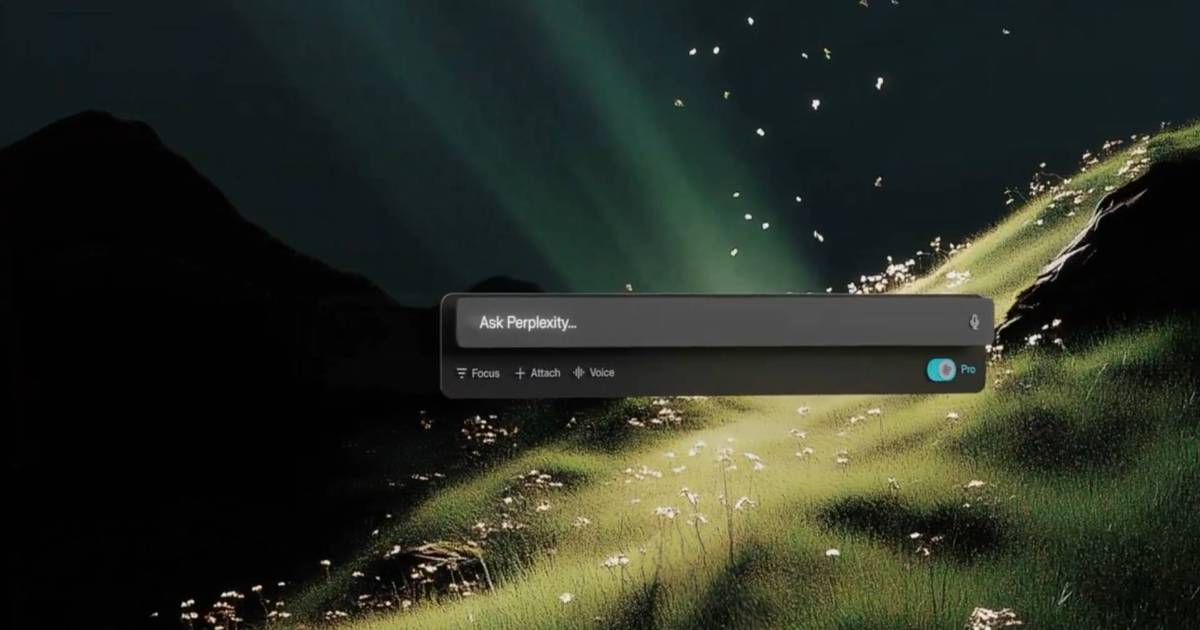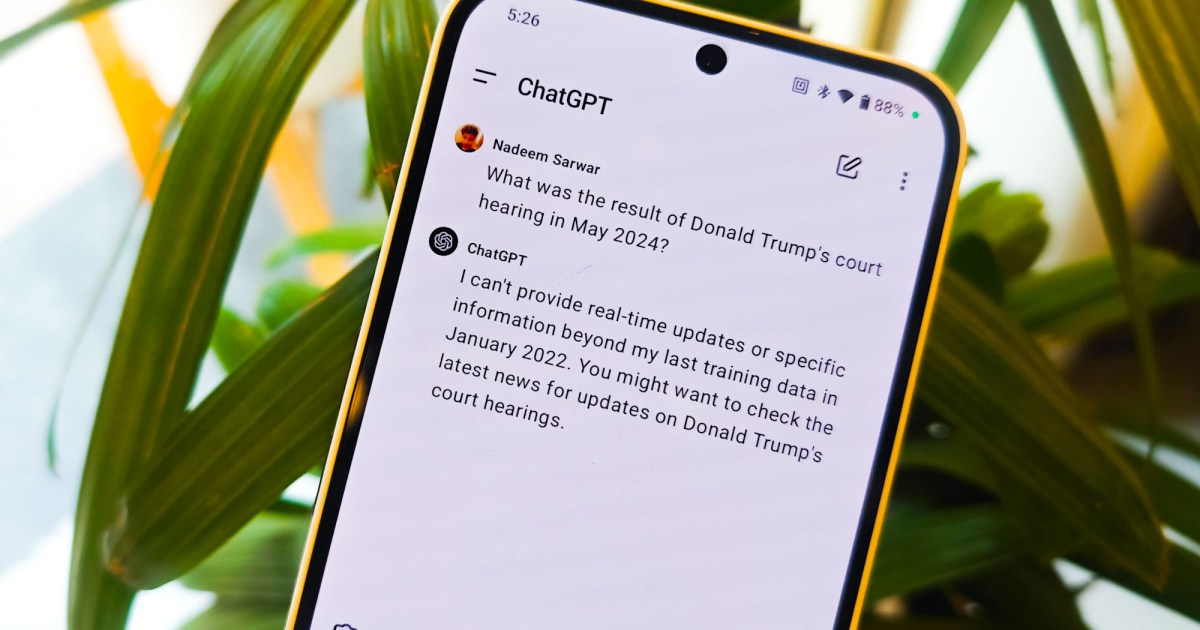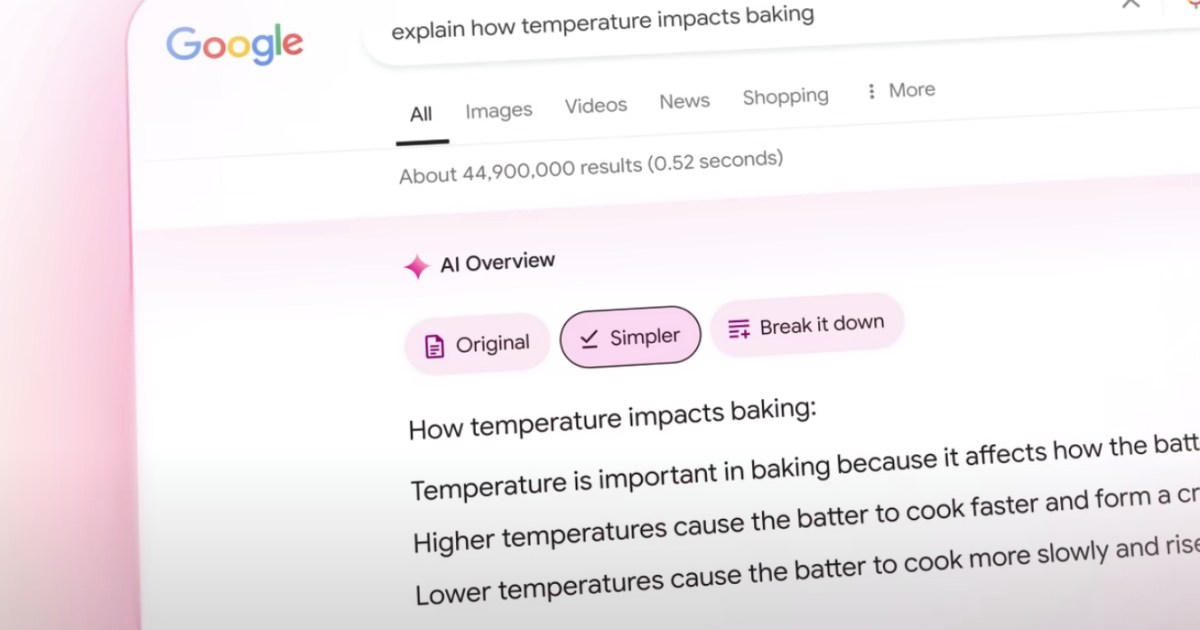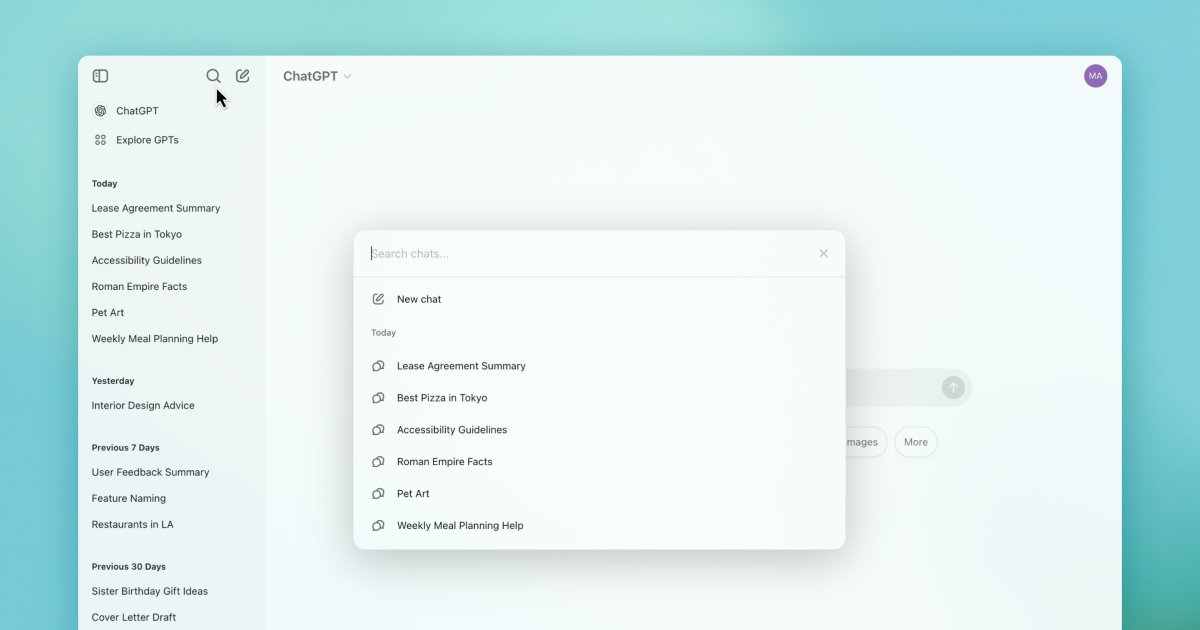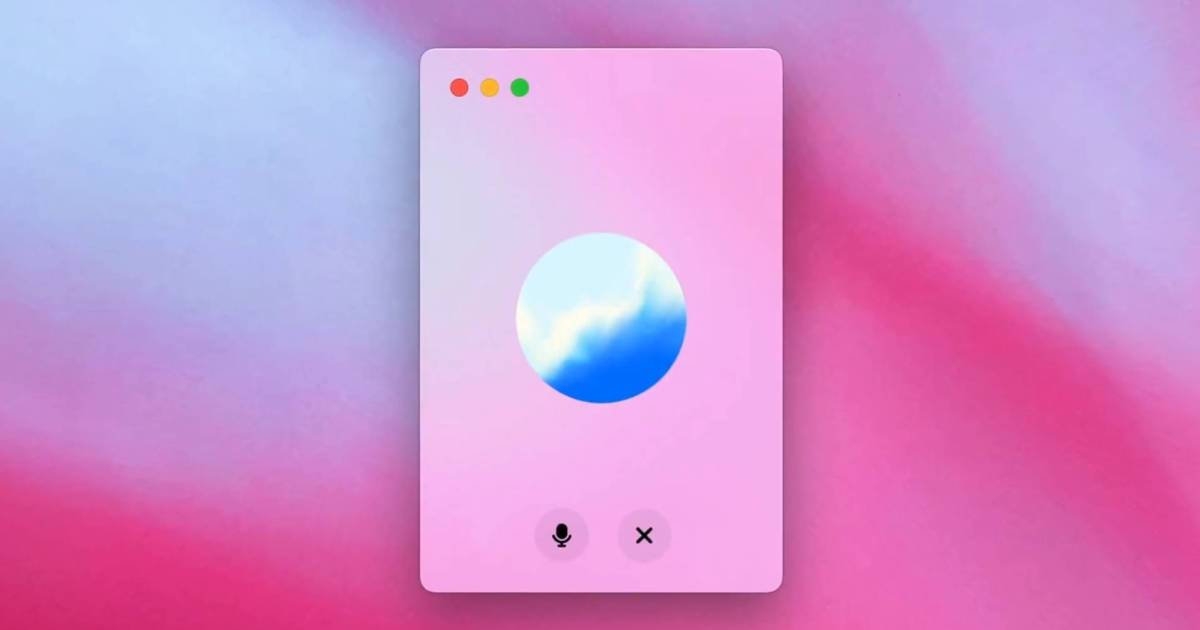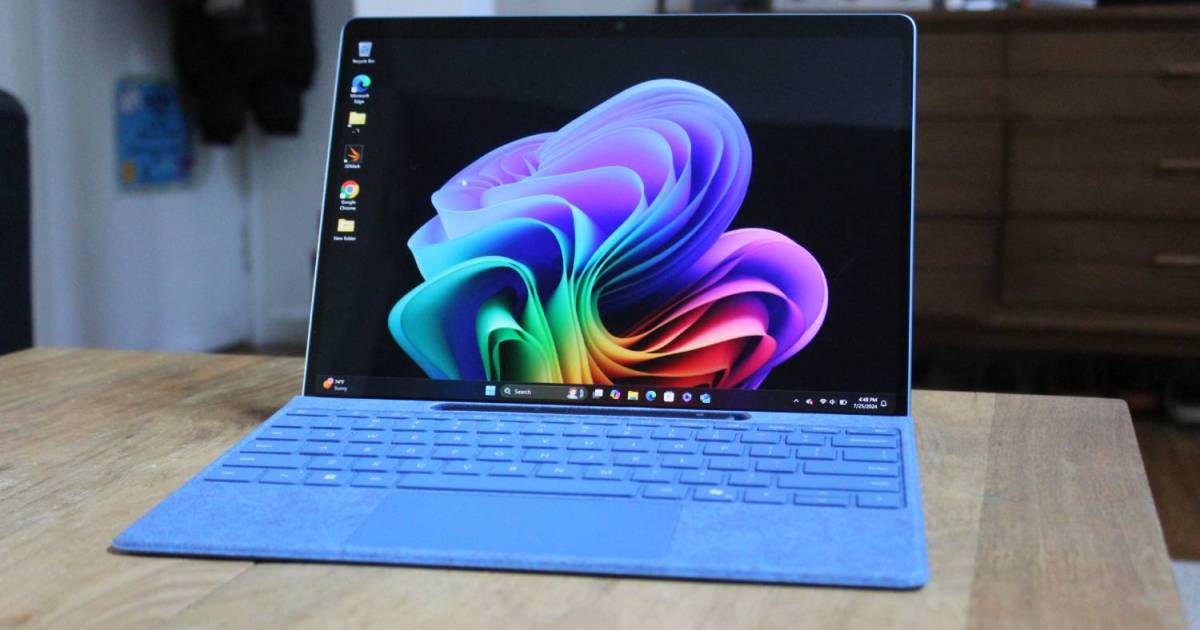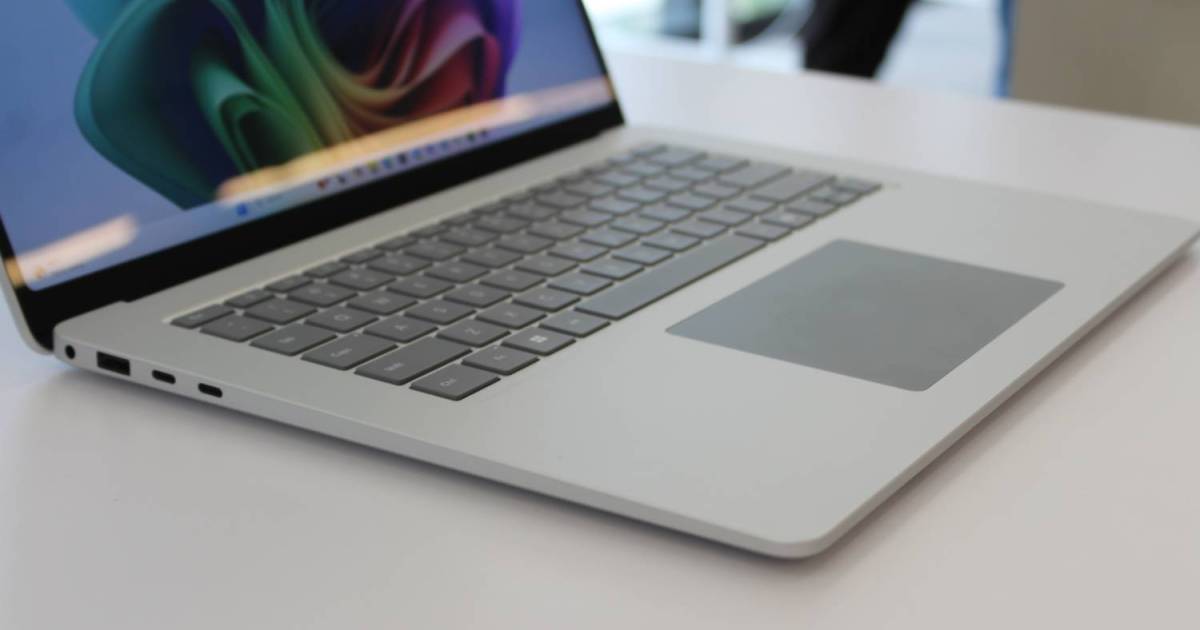Midjourney launched its External Editor on Thursday, empowering users with advanced image manipulation capabilities. This innovative AI tool, currently available to select users, allows for uploading, adjusting, modifying, and retexturing images in diverse artistic styles.
From Reference to Transformation
Previously, Midjourney users could upload reference images via the alpha web app or Discord server for the AI model to generate new images. However, direct editing of the source image wasn’t possible. The External Editor changes this, enabling users to add, modify, move, resize, remove, and restore specific elements within an image. It also facilitates complete stylistic overhauls, transforming photographs into pointillism, impressionism, anime, and more. The system reportedly works with doodles and line drawings as well.
Limited Access for Now
Access to the External Editor is currently restricted. Midjourney aims to maintain its moderation standards and is initially granting access to long-term subscribers (one year or more) or prolific users (10,000+ generated images). This strategy seeks to mitigate potential copyright infringement issues observed with other AI image generators. However, instances of image manipulation, such as race-swapping, have already surfaced, highlighting the challenges of controlling AI-generated content.
Users must also adhere to age requirements, Community Guidelines, and applicable laws. Midjourney retains the right to remove content and acknowledges potential friction with its moderation filters. Founder David Holz emphasized the novelty of these features and the need for a gradual rollout to allow the community and moderators to adapt.
Early Examples: Impressive and Troubling
Early examples of edited works showcase the External Editor’s potential and raise concerns. One user retextured the Mona Lisa in various gothic styles, while another replaced a cake with GPUs in an image of Nvidia CEO Jensen Huang, blurring the lines between reality and fiction.
A Growing Trend in AI Image Editing
Midjourney joins a growing field of AI image editing tools. Gemini, ChatGPT (via Dall-E), Grok, and Copilot offer similar functionalities, indicating a significant trend in AI-driven image generation and manipulation. The long-term impact of these powerful tools remains to be seen, but their potential for both creative expression and misuse is undeniable.
Conclusion
Midjourney’s External Editor represents a significant advancement in AI image manipulation, offering unprecedented control and creative possibilities. While the restricted access reflects a cautious approach to moderation and potential misuse, the early examples demonstrate the tool’s power and the evolving landscape of AI-generated imagery. Whether this technology will primarily serve artistic expression or become a source of misinformation remains a critical question.



